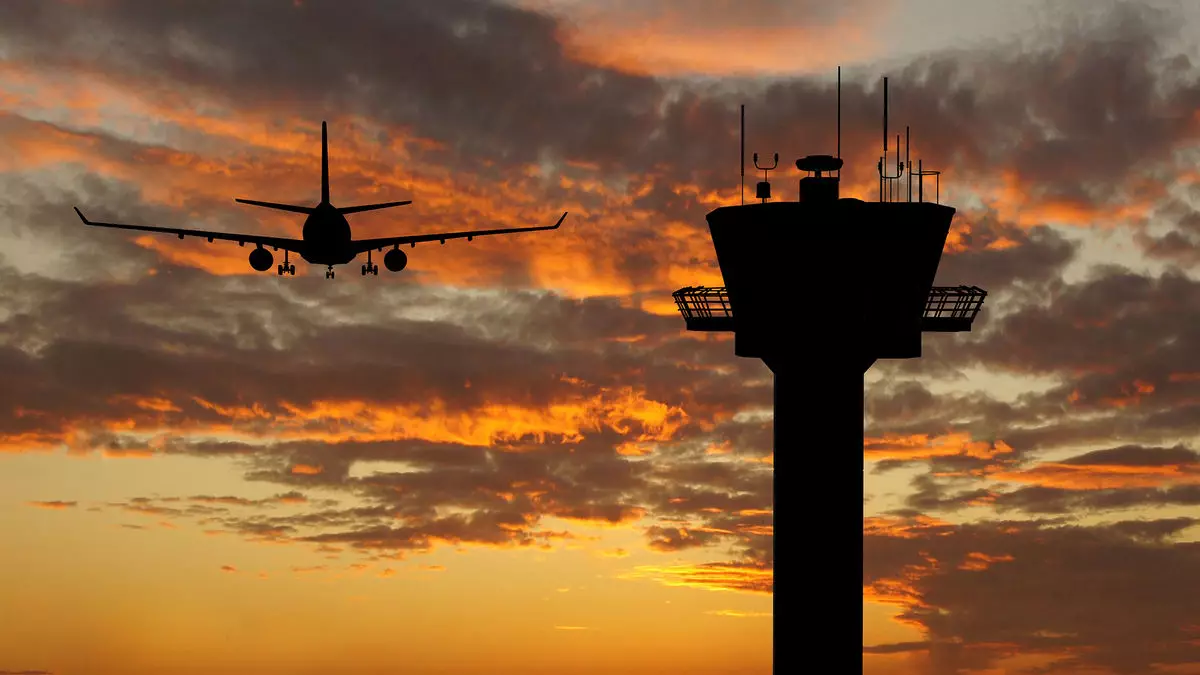As the Thanksgiving holiday approaches, travelers are bracing themselves for potential flight delays primarily due to a shortage of air traffic controllers. Michael Whitaker, the FAA administrator, has voiced concerns regarding the efficiency of air traffic management during one of the busiest travel seasons of the year. His warnings indicate that delays are expected, particularly in densely populated areas like New York City. The fundamental goal behind air traffic control is to ensure safety, and as Whitaker pointed out, “If we’re short on staff, we will slow traffic as necessary to keep the system safe.” This declaration underlines the FAA’s commitment to maintaining safety standards even in the face of increased passenger volume.
According to projections from AAA, nearly 5.84 million people are anticipated to travel by air over the Thanksgiving holiday—a notable increase from the previous year’s figure of 5.73 million. Such a surge in passenger numbers translates to a high volume of flight operations, with the FAA predicting that Tuesday will be the busiest day of the week. More than 50,000 flight operations are expected on this day alone, showcasing the considerable strain that the system will undergo. Other highlighted days, including Wednesday and the following Sunday and Monday, are also set to witness significant air traffic, though they may not reach Tuesday’s peak levels.
Despite the looming concerns, the week began relatively smoothly, with only 68 flight cancellations reported for Monday, according to FlightAware. This number demonstrates a promising start, suggesting that the system is managing the early rush of travelers better than anticipated. Observing subsequent days, the cancellation rates remained low, and delays were kept to a minimum, which is particularly encouraging. This initial success raises hopes for a hassle-free travel experience, despite the underlying warnings from the FAA.
The challenge becomes even more pronounced in New York City, where air traffic controllers are less readily available. The FAA’s strategy to curb air traffic in this region serves as a precaution to prevent overwhelming the system. Understaffing in such a high-density airspace can lead to a cascading effect of delays, prompting the FAA to implement traffic management strategies to alleviate pressure. As holiday travelers begin to flock to airports, the situation necessitates vigilant monitoring to ensure that safety standards are maintained without excessively punishing holiday travelers with delays.
For travelers, the key takeaway is the importance of preparation. Being aware of potential delays and monitoring flight statuses can help mitigate the stress often associated with holiday travel. Another strategy for travelers may be to consider flights at off-peak times or alternative airports. As the holiday week progresses, close attention to updates from airlines and the FAA will be crucial to navigate what promises to be a busy, albeit challenging, travel period. Whether it’s devising a backup plan or simply arriving at the airport early, smart planning is essential to enjoy the holiday season thoroughly.


Leave a Reply